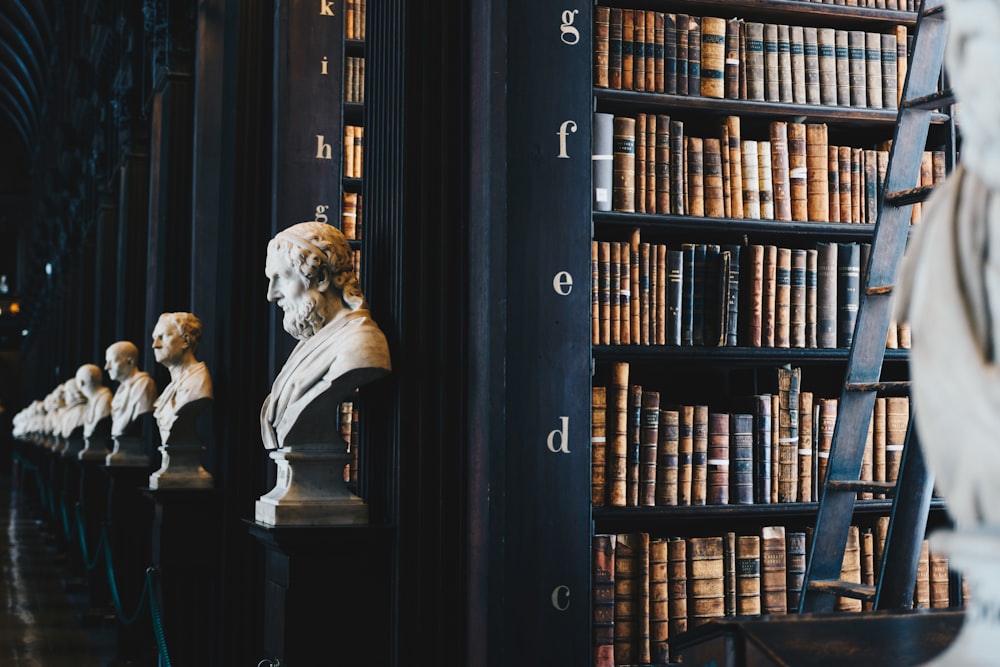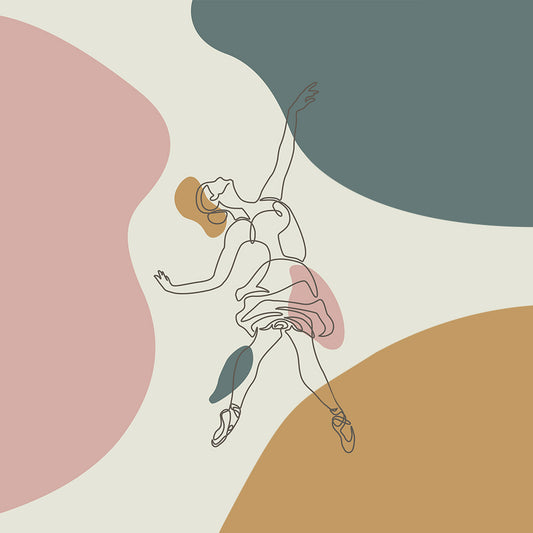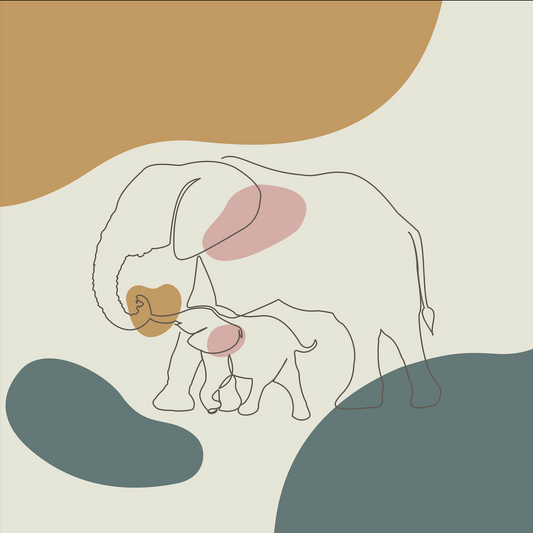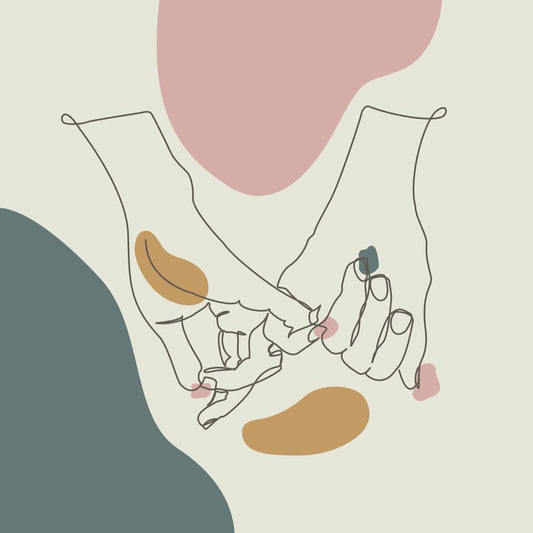Have you ever wondered why we see certain things as beautiful while others as not? And why does this concept of beauty affect our mood and even our body? Philosophers have mulled this over for centuries, and researchers have carried out lots of interesting experiments to try understand this.
While there’s no universally agreed-upon answer, there’s a set of observations and theories which make sense, and they help us understand why beautiful things make us happy.
The Philosopher’s Views
The Earliest View
The link between beauty and joy was made a long time ago. Around 400 BC, Plato acknowledged 3 “transcendentals”; these are core properties of being that represent all humanity’s ideal strivings. They are the good, the true and the beautiful.
We can see humanity striving for these things; we chase truth through endeavours like science and we chase goodness through religion and our study of morality, but what about beauty?
While art may come to mind, Plato’s beauty is actually the object of love, or Eros.
Plato describes a Form of Beauty, which is a conception of beauty in the abstract. The Form itself is not a beautiful person, or a beautiful painting, but the beautiful painting and person are objects which participate in this Form. He stated that we are able to identify a beautiful painting or person because we have an understanding of this Form, and he connects beauty to a response of love and desire.
This was some of the earliest recorded observations around the topic, but it doesn’t go into the “why”.
The Opposing View
Fast forward to the 18th century, and a very different idea is proposed. While Plato theorised that beauty is objective, and doesn’t lie in the eye of the beholder, Hume said the opposite.
Hume said “[beauty] exists merely in the mind which contemplates them”.
This raises a question: How can things exist only in the mind, and not as an acknowledgement of a concrete object in the world? Hume's theory means that the same thing can be seen as beautiful by one person and deformed by another. How can this be?
Emotions! We take that same object and judge it (i.e. we decide how we feel about it based on our experiences and preferences). If it makes us feel a positive way, we classify it as beautiful.
The Middle Ground
Immanuel Kant's work brings us the best of both worlds; Kant made a distinction between the beautiful and the sublime.
According to Kant, beauty has form, order and harmony, while the sublime is that which instills feelings of awe and overwhelmingness.
For those who struggle to agree with Plato or Hume completely, Kant's suggestion seems to offer a way for us to appreciate both at the same time.
What Is the Truth?
While philosophers have taken vastly different stances on the objectivity of beauty, and it may seem confusing, we can see a common theme arising; there is no discussion of beauty without mention of the emotions it instills. In fact, most of the time, philosophers defined beauty through the emotions it instils.
Ancestral Origins
While it’s difficult to pinpoint what makes something beautiful, and our perception changes with time, there are some themes which seem to be timeless, such as symmetry, the golden ratio and fractals.
Our ancestor’s tools were symmetrical. No research was able to prove why they put in extra effort to do that.

Our interest in these timeless forms possibly stemmed from nature, as they were used for survival. The forms gave our ancestors vital clues such as “What will the weather be like?”, colours helped answer “Can I eat this thing?” and symmetry showed that all is in order and nothing needed fixing; a tree grows upwards symmetrically, a symmetric face is more likely to belong to a healthy being with better child-raising capabilities.
When we experience things that help us survive, our brain reacts positively, and so seeing these patterns led to us feeling happy. It seems likely that these survival factors were the seed which grew into how we see beauty today.
Beautiful Experiments
Lots of experiments have been carried out to understand how we perceive beauty and how it affects us. They don't directly answer the question of why beauty makes us happy, but they served to prove what philosophers claimed, giving more strength to the theories and proving that beautiful things do in fact have an influence on us.
Spotting Fakes
When most people see Mondrian’s and Pollock’s work for the first time, the most immediate reaction is “I could’ve done this”. The art seems very simple, so why are they hailed as masters? There’s a lot behind such paintings, and to prove it experimentally, people were asked to examine 2 paintings. One was an original by the artist and the other was an imitation of their style by a non-artist. Every single time, people were able to identify the original, despite not being artists themselves.
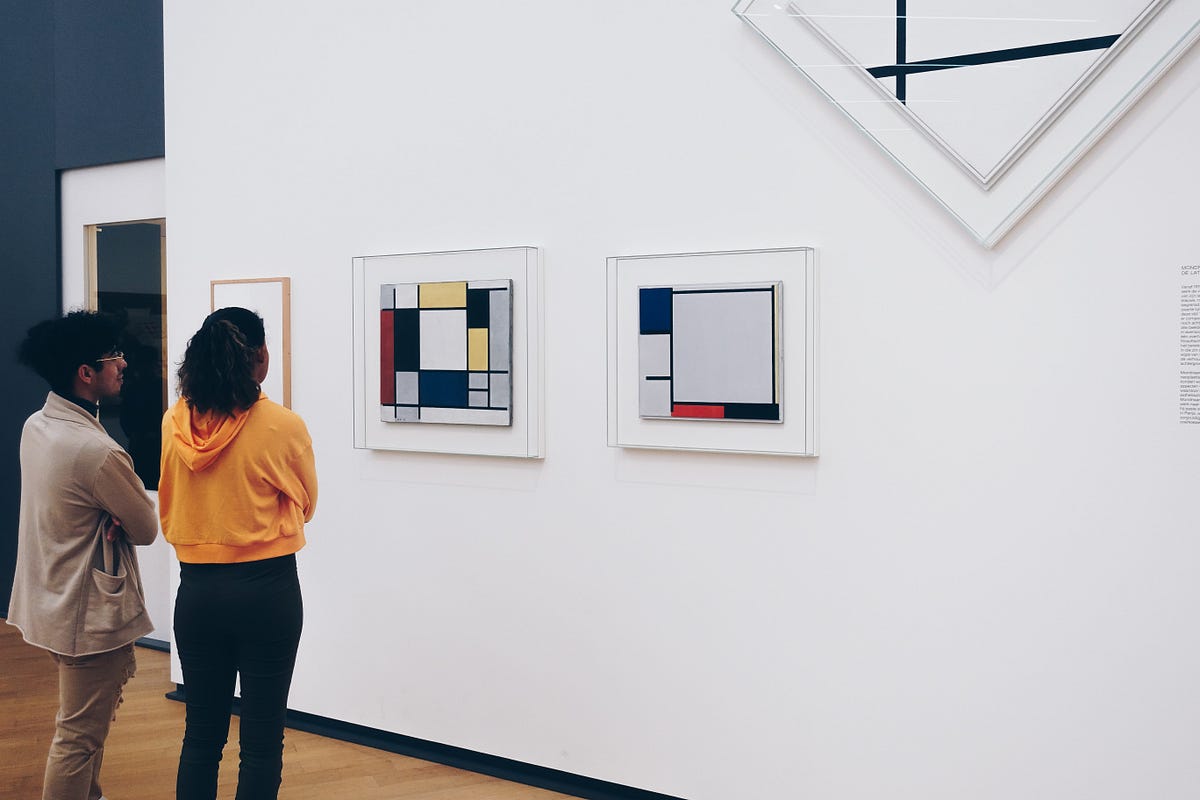
Pollock and Mondrian were masters of composition, putting loads of thought into seemingly simple pieces of art. And from this experiment, it’s apparent that this skill can be appreciated by non-artists. Does it prove that there’s a definition of beauty which we all share deep down? Some would say so.
I Know What I Like
Another experiment was carried out where Alzheimer’s patients were asked to rank pieces of art based on their beauty. The experiment was repeated some time later when the patients had completely forgotten about it, but the results stayed the same; the way they ranked aesthetics hadn’t changed.
Some took these results as further proof that beauty has an element of objectivity, while others said it was merely the patients’ tastes which hadn’t changed.
Beauty & Healing
To study the effect of beautiful things on us, an experiment examined patients being admitted into two parts of a hospital. One part was new and aesthetically pleasing, while the other half was older and less well-polished. Patients in the newer half were found to require less pain medication and were released on average 2 days sooner than those in the older half.
This proved what philosophers claimed about beauty’s connection to emotions, but took it a step further by proving how it actually has physical benefits too.
So, why do beautiful things make us happy?
Maybe we can turn this question on its head to summarise it. Maybe beautiful things don’t make us happy; maybe things are beautiful because they make us happy.
Do you agree? Share your thoughts in the comments.


